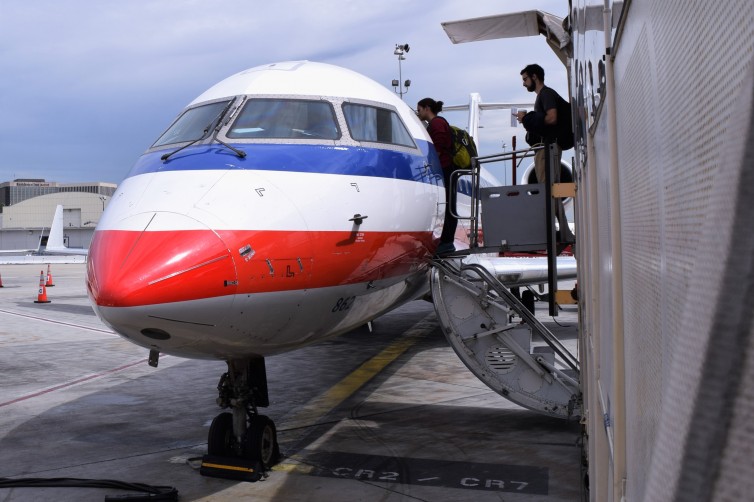
An American Eagle CRJ-200 during boarding at LAX – Photo: John Nguyen | AirlineReporter
Occasionally, I’ll be as lucky as some of my AirlineReporter colleagues to be flying high in a premium cabin while being waited on hand and foot (see, e.g., David Delagarza’s vacation flight in first-class on ANA, or Jacob’s Pfledger’s mile-high shower on Emirates). But as most of us can attest to, sometimes (or most of the time) we have to schlep it to get to where we want to go.
My wife and I traveled to Europe for a two-week whirlwind honeymoon tour that included 10 cities in eight countries, as well as eight individual flights within Europe. We found a smashing deal from Delta to experience premium economy on Air France’s Airbus A380 to Paris. There was just one slight issue: our Air France flight took off from San Francisco, but we live in Southern California — over 350 miles away. The solution: flying in the much-maligned CRJ-200. What sort of life decisions did I get wrong to lead me to suffering this mighty indignity?
Airline: American Airlines (AA), operated as American Eagle by Skywest Airlines
Aircraft: Bombardier CRJ-200 (CR2) – 50 seats, all-economy cabin
Departed: Los Angeles International Airport (LAX)
Arrived: Norman Y. Mineta San Jos International Airport (SJC)
Class: Economy
Seats: 3B & 11A
Flight AA2865 | LAX-SJC Departure Time Arrival Time Flight Time Scheduled 1:05pm 2:31pm 1:26 Actual 1:19pm 2:08pm 0:49 +/- +0:14 -0:23 -0:37
A Quick Background and Subtext
While at first blush it may seem inconvenient to book an international flight departing from a far-away airport, there are reasons why sometimes it makes sense:
- The overall cost, including a separate positioning flight, is still lower than flying directly out of your home airport;
- Time is not an issue;
- You have reasons to visit the departure city, such as family, friends, and/or fun;
- You need the extra flights for elite qualification.
In my case, it was all of the above, so Bay Area, here we come!
Also working in my favor was the fact that the California coastal market is saturated with dozens of flights and thousands of seats a day, so it can be relatively inexpensive to fly between the Southland and the Bay Area, especially when a sale is in effect In our case, American (AA) and several other airlines offered flights from Los Angeles (LAX) to San Jose (SJC) for $62 per person, including taxes and fees. Even renting a car one-way from SJC to SFO was cheaper than renting for a day out of SFO, so overall costs worked in our favor.
However, while the competition uses larger aircraft such as Boeing 737s and Airbus A320s on the LAX-SJC route, AA uses the small Bombardier CRJ-200 (CR2). Was the potential suffering going to be worth it, or would I totally regret it?
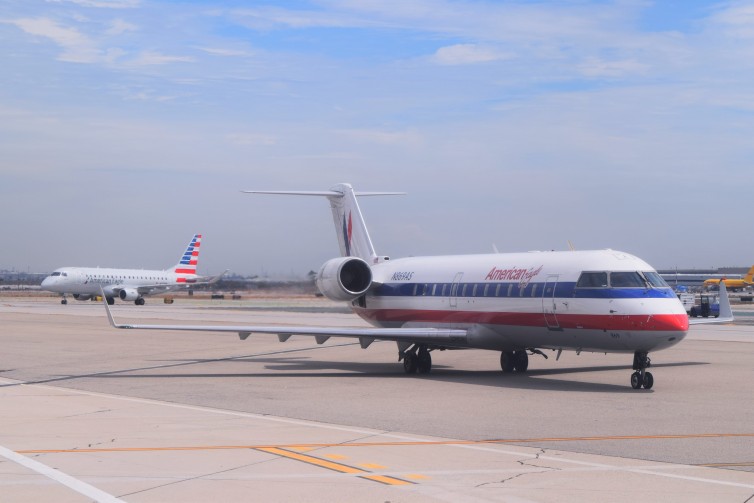
An American Eagle CRJ-200 taxiing at LAX, with a new Embraer 175 following – Photo: John Nguyen | AirlineReporter
Checking In & At the Airport
Because we actually had tickets for a flight later in the evening but wanted to catch an earlier flight, we checked in through our mobile apps 24 hours in advance of our original departure to give us slightly higher priority on the standby list, which is partly based on actual check-in time (other factors include fare paid and elite status). While AA charges $75 per person to confirm a flight change on the day of flight, elite flyers (both of us have AA’s Platinum status) are allowed to standby for no fee, though at the risk of not having a seat available.
Rolling the dice on the early flight, we arrived at LAX early and headed to the Premium wing of the check-in area at Terminal 4. With just travel backpacks to carry on and nothing to check in, we skip the counters and headed straight up the escalators that lead to the premium security lanes, as well as TSA Pre-Check, to which we have access thanks to Global Entry.
After just a couple of minutes we were into the terminal. What many passengers don’t realize is that American Eagle flights depart out of a remote satellite terminal (affectionately known among frequent AA flyers as the “Eagle’s Nest”) that is accessible only by shuttle bus service that departs every 15-20 minutes, and takes about 10-15 minutes to get to.
Pro Tip: If you are flying on an American Eagle or US Airways Express flight, factor in another 30 minutes to get to/from the remote terminal from Terminal 4. There is no direct shuttle service from Terminal 6 to the Eagle’s Nest; you’ll have to take the shuttle or walk to Terminal 4 first.
Luckily a shuttle bus was just ready to depart, so we hopped on and the doors closed about a minute later. The ride from Terminal 4 took us out into the airfield roadway and all the way past Terminal 7. For AvGeeks, this is a fun ride on the airfield that gives great views of all the actively taxiing aircraft.
- The tarmac between Terminals 4 and 5 at LAX
- A view of LAX Terminal 6, with the tower and theme building in the background – Photos: John Nguyen | AirlineReporter
- Our shuttle bus at LAX chasing a United 737-800
The remote terminal is barebones but comfortable. For premium flyers, AA invested in building a small but modern Admirals Club lounge in the satellite terminal. For other passengers, there’s complimentary Wi-Fi, a newsstand, and small cafe of deli items.
- Inside the American Eagle satellite terminal at LAX
- Entrance to the LAX Admirals Club in the satellite terminal – Photos: John Nguyen | AirlineReporter
- Boarding at LAX, Gate 44C to San Jose on American Eagle
We approached the desk and ask to be placed on the standby list, landing in the first and second spots. Our plan worked out, as we took two of the last three available seats, out of a list of about nine standby passengers.
Boarding was announced promptly, and we headed out to the ramp under a covered walkway and met our ride… the CRJ-200.
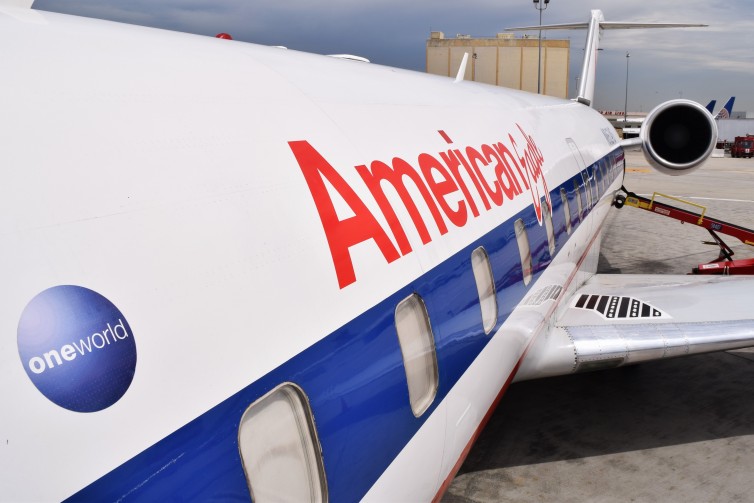
A CRJ-200 at LAX, in the previous American Eagle Livery – Photo: John Nguyen | AirlineReporter
Onboard the Lowly CRJ-200
This small, all-economy 50-seater had seen better days. The poor thing hadn’t even received the updated AA livery. Skywest operates a fleet of CR2s under the American Eagle name for AA, primarily on the west coast. They also appear on small market routes for Alaska, Delta, and United, and if it’s one thing the various frequent flyers can agree one, it’s the disdain they have for the CR2.
The aircraft is old, the seats are cramped, and there is no possibility of upgrades. Their overhead bins are so small that only personal items can fit, so larger carryons like suitcases have to be left on a cart before the aircraft door, where the bags will be loaded into the cargo hold, to be picked up planeside upon arrival. Really, the only saving grace is their short range, meaning most passengers won’t have to suffer for more than two hours.
Much to many AA flyers’ relief, Skywest’s contract with AA will expire sometime in October. This means no more CR2s at LAX; instead, Embraer 175s from Compass Airlines will fly routes out of LAX, including to SJC. The E175 features 76 seats, including a proper first class cabin and larger overhead bins that will fit a normal roll-aboard.
We walked up the ramp, ducked into the narrow fuselage, and quickly found our seats. Anyone taller than 5’10” will feel the urge to slouch while walking the aisle; anyone over 6’0″ will definitely have to slouch.
We had exit row seats 8C and 8D for our original flight, but took the last available seats on our standby flights, which were 3B and 11A. Being a short flight, we didn’t mind sitting apart instead of bothering others to ask and move around, even if it was the first flight of our honeymoon. Being the proper husband, I allowed my wife… I insisted that she take… she chose 3B. I decided to live dangerously by taking 11A, which gave me a window to shoot photos from, but with only 13 rows onboard, I was near the very back.
- The flight deck of our American Eagle CRJ-200
- The cabin of our American Eagle CRJ-200 – Photos: John Nguyen | AirlineReporter
- An American Eagle E175 off the wingtip of our CRJ-200, as if to taunt us
As expected, the seats are pretty narrow, meaning bumping shoulders with your neighbor more frequently. The window seats are especially problematic, as the curvature of the fuselage cuts into you legroom and head clearance.
The seats are thin and not padded well, but at least there seemed to be “normal” legroom. None of the modern accoutrements are present: no in-seat power, Wi-Fi, entertainment system, not even adjustable headrests. But at least the air vents were there; I hate when airlines don’t opt for installing the vents. Here’s to small victories!
- Legroom on an American Eagle CRJ-200
- The overhead passenger service unit on an American Eagle CRJ-200. At least there are air vents! – Photos: John Nguyen | AirlineReporter
- Taking off from LAX on an American Eagle CRJ-200
One unique (in a not-a-good way) characteristic of the CR2 is that the windows are too low to look out of comfortably. When the CRJ-100/200 was first conceived, it was based off the Challenger corporate jet series. The seating and other furnishings of those private aircraft were installed on floor that was a bit lower, and the height of the windows were set accordingly. To be able to seat four-across for commercial service, the floor had to be raised a few inches; however, the window positioning remained at the same height. This issue was corrected starting with the newer, more modern cousin of the CR2, the CRJ-700.
After a short delay, we pulled away from the gate and made our way to the southern runways for takeoff. You can definitely feel the thrust of the little jet as it accelerates and rotates just past the midway point of the runway. With calm weather, we smoothly made the gradual right turn to fly along the coast up to San Jose.
- #SuccessIs getting a whole can of Coke
- The worst seats on an American Eagle CRJ-200: Rows 13-14, right next to the lavatory – Photos: John Nguyen | AirlineReporter
- A US Airways CRJ-900 at an overcast San Jose Airport – note the APU intake in front of the vertical stabilizer
Inflight service on such a short flight was minimal but adequate. The flight attendant went down the aisle offering drinks. I gulped down my cup of Coke, and when the attendant saw my empty cup on the way back to the front, she offered me a full can.
In no time at all, we got the announcement that we are beginning our descent. Even though we departed with a slight delay, we got to the gate well before the scheduled time.
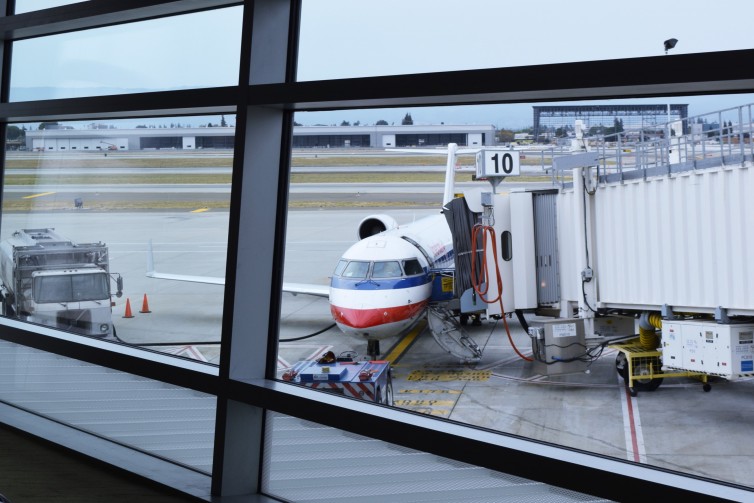
An American Eagle CRJ-200 parked at Gate 10 at San Jose Airport. Farewell, CR2… it’s been (kind of) real. – Photo: John Nguyen | AirlineReporter
Farewell, CRJ-200…
Perhaps we’ve all been a little too harsh on this hapless regional jet. While it may not be all glitz and glam, it served its purpose as a workhorse, and objectively I didn’t have too much to complain about. While a moot point now, I can say that I wouldn’t go out of my way to avoid flying a CR2 on a short route like LAX-SJC. Also, the Skywest crew was upbeat, professional, and efficient in performing their duties.
But times change, and the airline industry has decided that larger regional jets such as the E175 or CRJ-700s are the future. As a result, the CR2 has been rendered moribund (at least within AA; the CR2s are being shifted to Phoenix, the smallest hub of the combined AA/US Airways operation).
Travel was at the author’s own expense, and the views and opinions are the author’s own.
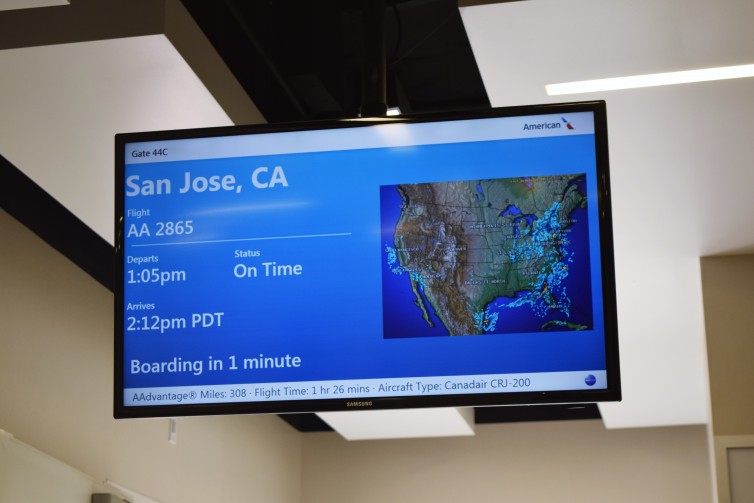
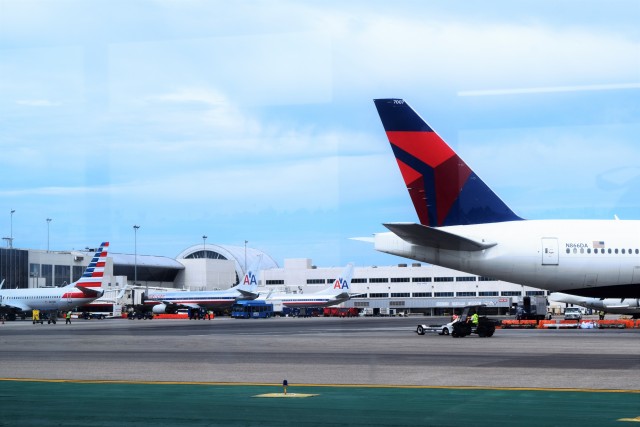
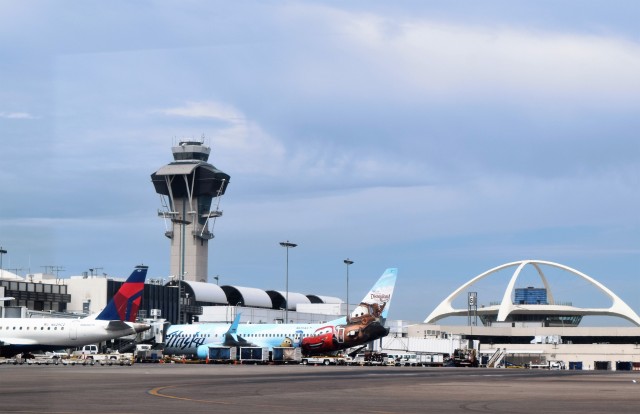
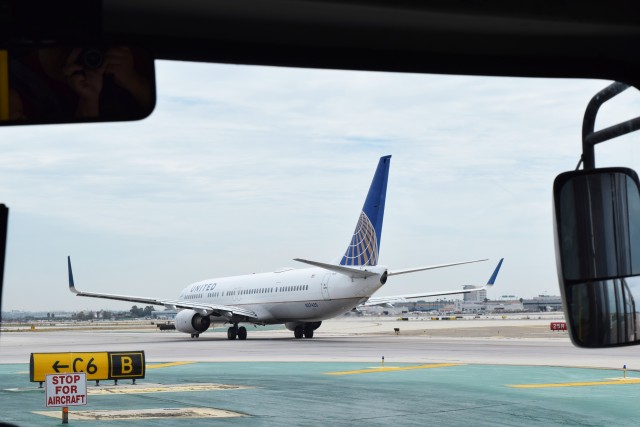
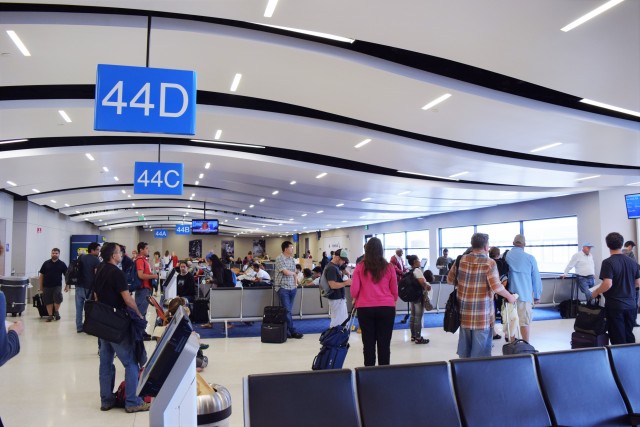
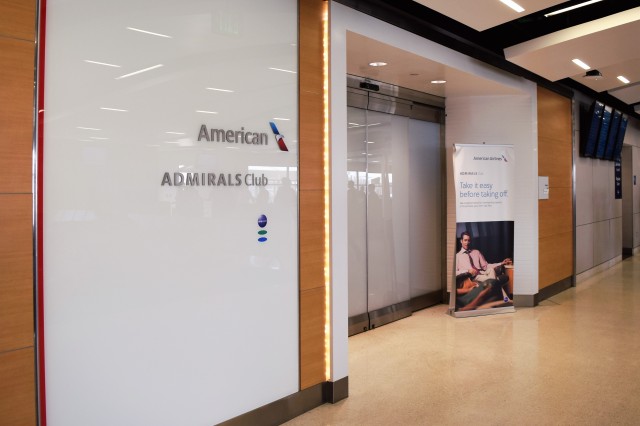
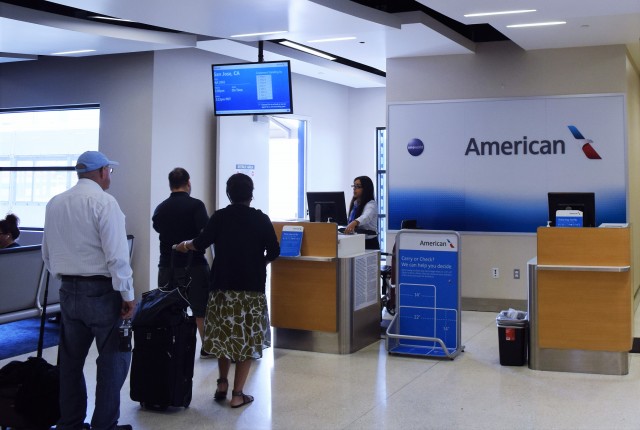
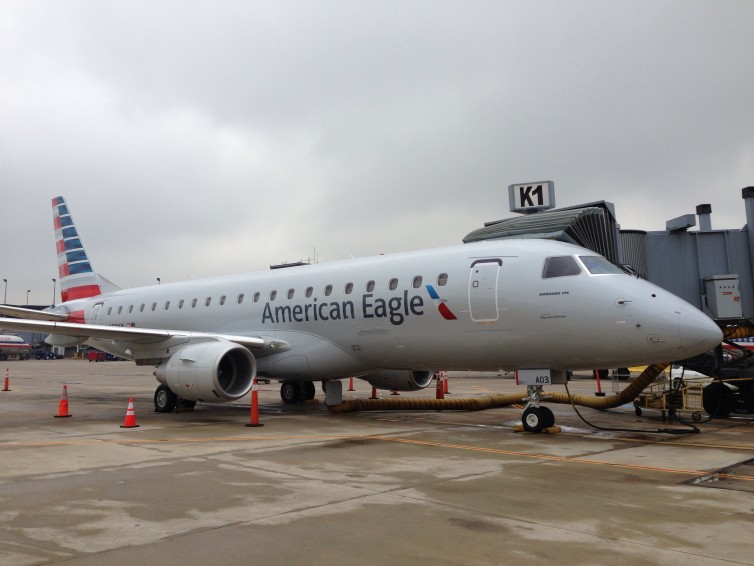
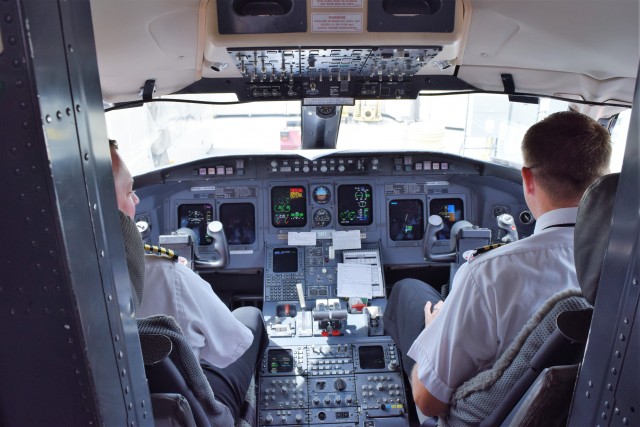
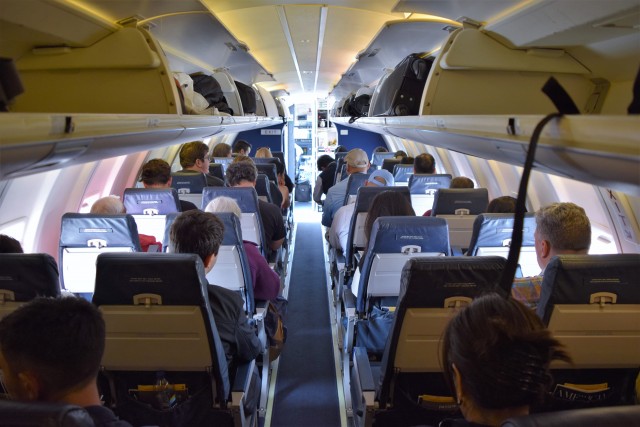
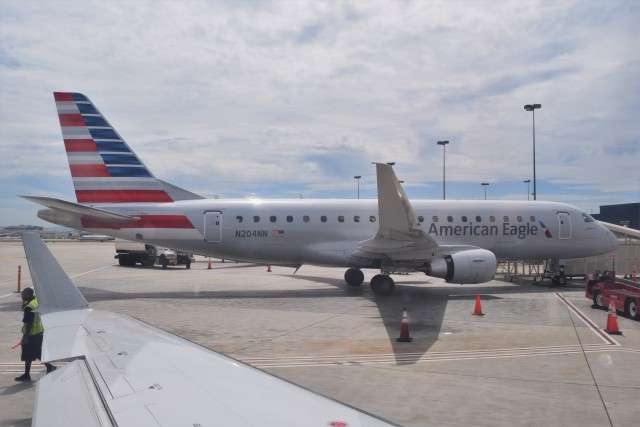
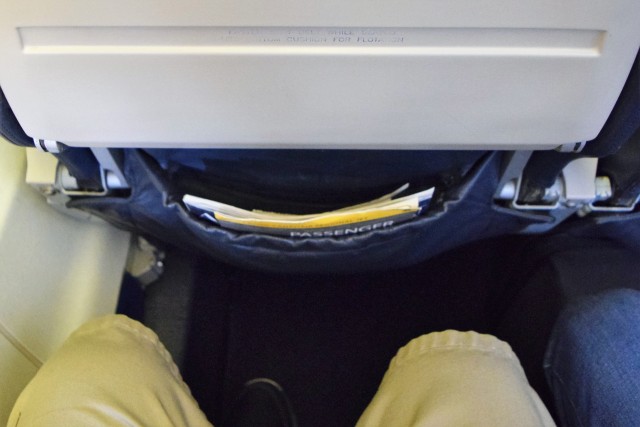
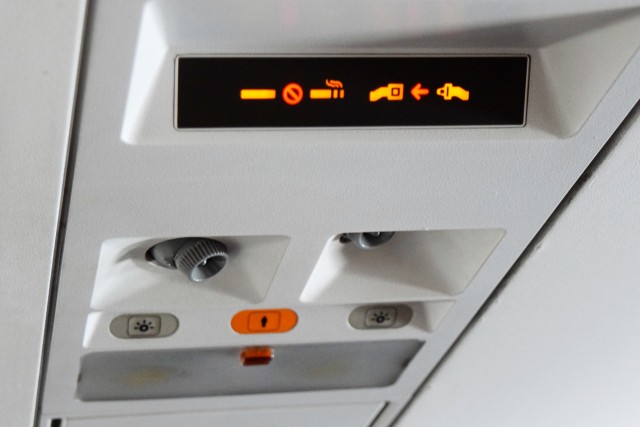
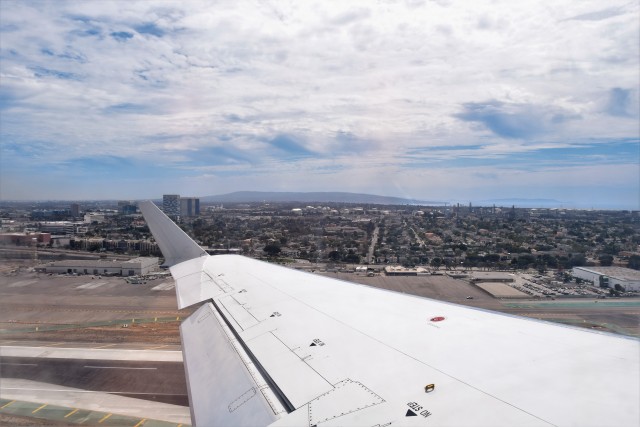
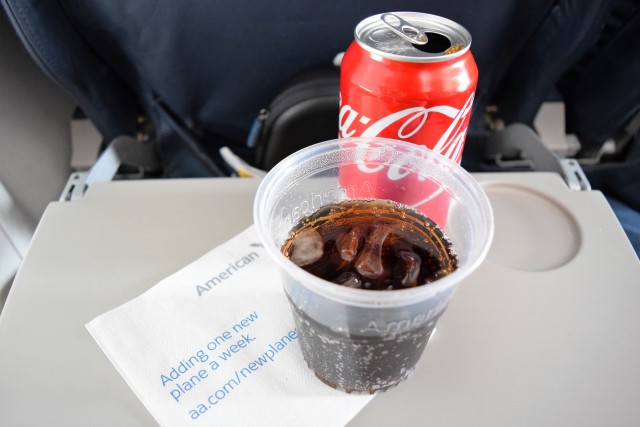
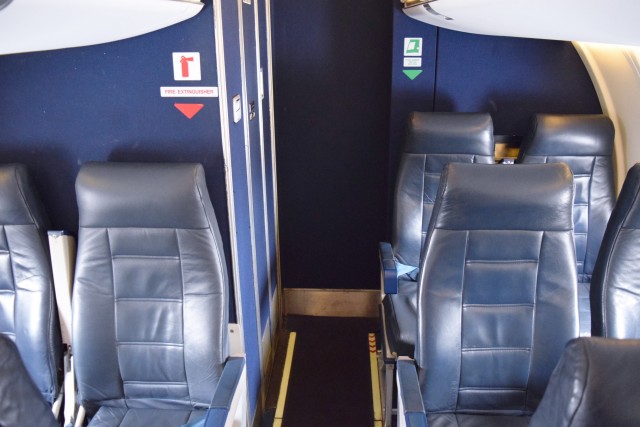
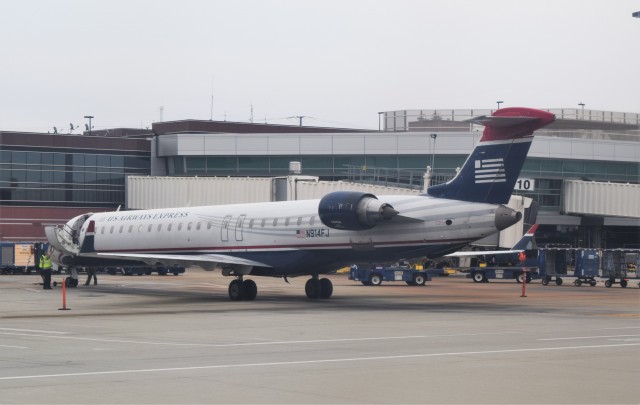
Not a fan of the CR2 or any Canadian planes for that matter. Even first class on the ExpressJet and SkyWest CR9s for Delta are fair at best. I’m a fan of SkyWest (great service) but they really have to get their fleets in order else be eaten alive by the other regionals.
Excited to read about your european airline sampler
JL
Trying to hammer out those reviews as we speak!
SkyWest is one of my favorite regional airlines in terms of service and staffing, but it’s a shame they are so tied into Bombardier equipment. Maybe they’ll start getting the CSeries soon? (If they ever get to production). -John
Alaska doesn’t have any CR2s – their regional planes are Horizon Q400s and SkyWest CR7s and E175s.
SkyWest was running a CR2 or two for Alaska when one of their CR7s went down for maintenance for an extended period of time. Not a pleasant surprise for the passengers when that occurred. Sounds like that situation has been alleviated for now! Thanks for pointing that out. -John
I am glad the 50 seaters are mostly going away, they are not as fuel efficient as the newer more modern 75 and 90 seaters, and the one bathroom issue at the rear is awful. I wonder if a similar story will be in store in the future for the EMB135/145 series?
Great article and flight review!!
Thank you!
I don’t think the EMB135/145s are long for this world, but I do prefer them over the CRJs because of their single seat “A” side, especially 1A (even with the restricted legroom).
I imagine that the demise of the CRJ2 and EMB145 (which I hate) will be accelerated by Skywests order of the new Mitsubishi Regional Jets in a couple of years. I’m geniunely intrigued by the Japanese jets, hopefully we can get some flying to my home airport (YOW) in place of the cramped CRJ’s and EMB145’s.
The MRJs sure do look advanced. My only concern is of the cross-section. The MRJ’s diameter is almost exactly the same as the ERJs, but the ERJs are a “double bubble” design to give it a bigger belly. Hopefully the MRJ’s round cylinder design won’t have any perceived loss of space compared to the ERJ. -John
I share John’s thoughts about the CR2; a horrible little airplane. As he correctly notes, the only saving grace is the extremely limited range/duration such that no one will suffer for more than a tad over two hours. I’ve flown the CR2 only once , one time too many. Heck, in its commercial configuration it lacks even the ‘cute’ factor sometimes associated with small airplanes. My single flight on the CR2 some years ago was also the trip during which I learned the importance of paying much closer attention to the ‘Equipment’ column when self-booking reservations. (I know, I should have learned this years before but I had never before experienced such a major error – My Fault – as on that flight. Obviously, most of us are delighted to see the CR2 vanish from AA’s branded fleet. -C.
Imagine going from International First Class to a CR2 or ER4! -John
I recall that in the early 1970’s PSA ( Pacific Southwest Airlines ) offered VERY low R/T fares from SoCal > Bay Area vv. If memory serves, either $29 or $39! Sometimes there were Fare Wars; when even LOWER fares were available! Equipment was a REAL airplane – not a crap CRJ. PSA flew 721s , 722s and D93s during that time period. Eventually they added Tristars and BAE 146s to their fleet. Back then, Southwest wasn’t even a ” player ” in Cali! In fact, they may not have even existed then.
Back in the mid-2000s I was able to score some $29-39 flights, but the market was way more saturated then than even now. I got to know the ER4 quite well… those were the days when AA even flew SNA-SJC, SNA-SFO, and SFO-SAN. All those flights are gone now, sadly, and I haven’t seen anything cheaper than $59 in the past several years.
Is it too much to say that I’d gladly take the SNA-SFO route even if it was run by a CR2? *gasp* -John
Captain John, Southwest is apparently the dominant ” player ” in your territory! Folks seem to ” luv ” flying on their 737s! Consequently, other ” players ” have retreated from Southwest’s turf.
Having flown on CRAP CRJs several times, I finally had enough of them! I made a vow to NEVER fly them again! However, E170>195s are an alternative; IF I have no other options! Down the line, perhaps I’ll give the new E2s or CSs a try.
I flew on a United CRJ once it was no pleasant as say the over head bins are far too small and it was cramped. It was a 45 min flight and I was not impressed good riddance I say
That’s a grate article and i like it.I like there reviews and it’s needed for me.€thanks again……
Phoenix isn’t the smallest hub of the combined AA/US combination as stated in this article. It is #4 based on passengers and #6 based on the number of flights. In fact, it’s significantly larger than LAX is for American.
Oh, I love the crj200! I’m pretty short, so all of the height thing doesn’t matter to me. Too bad they’re gone :,(